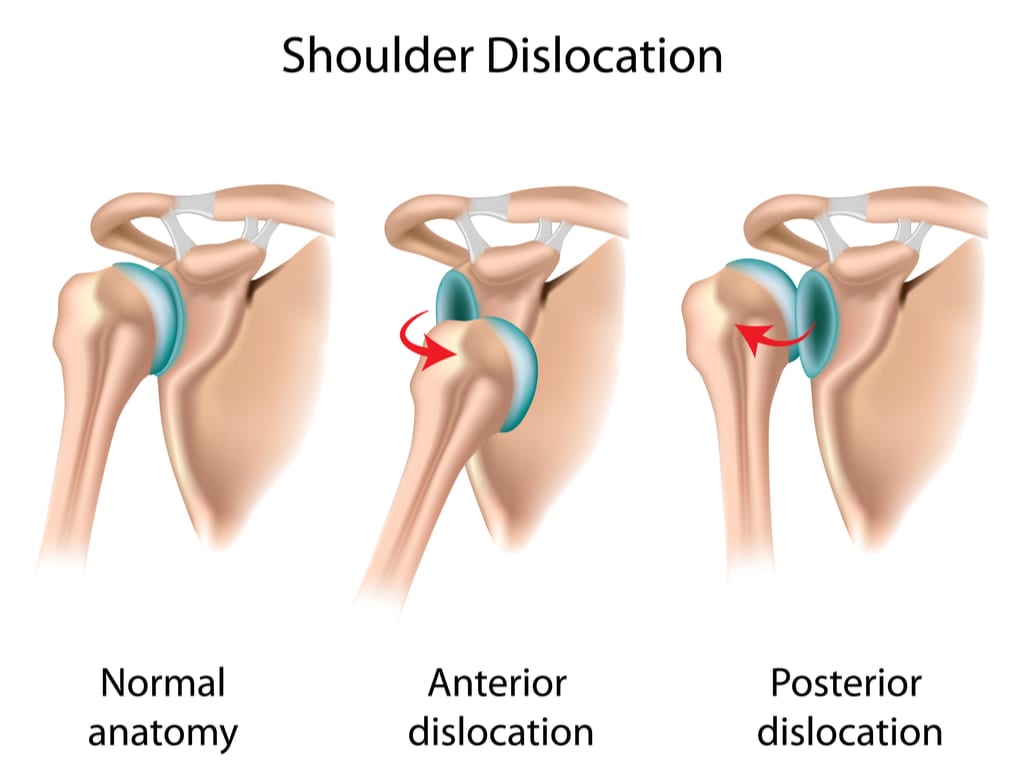The Gleno-humeral (shoulder) joint is where the shoulder blade and humerus (upper arm bone) attach. There is significant connective tissue and several ligaments holding these bones together. A dislocated Gleno-humeral joint is characterized by tearing of the connective tissue and/or ligaments surrounding the joint and subsequent displacement of the bones forming the joint (the humerus bone comes out of the socket). During certain arm movements, stretching forces are applied to the shoulder joint. When these stretching forces are beyond what the shoulder can withstand, tearing of the connective tissue or ligaments may occur. Subsequently the upper arm bone (humerus) may move out of the socket, this is referred to as a dislocated shoulder.
Dislocated shoulders generally occur when your arm is maximally flexed e.g landing on an outstretched arm.

What are the symptoms of a dislocated shoulder joint?
At the time of injury you typically experience sudden severe pain in the shoulder region. The pain is generally severe and the affected individual cannot continue activity. They may cradle the arm against their body to compensate for the pain. You also may feel like their shoulder has ‘popped out’. Visible deformity may also be noticeable, usually the shoulder is hanging lower than usual. Furthermore, patients may occasionally experience pins and needles or numbness in the shoulder, arm or hand. You may experience an ache that increases to a sharper pain with specific movements. They may also describe a feeling of weakness at the shoulder.
How can physiotherapy help?

